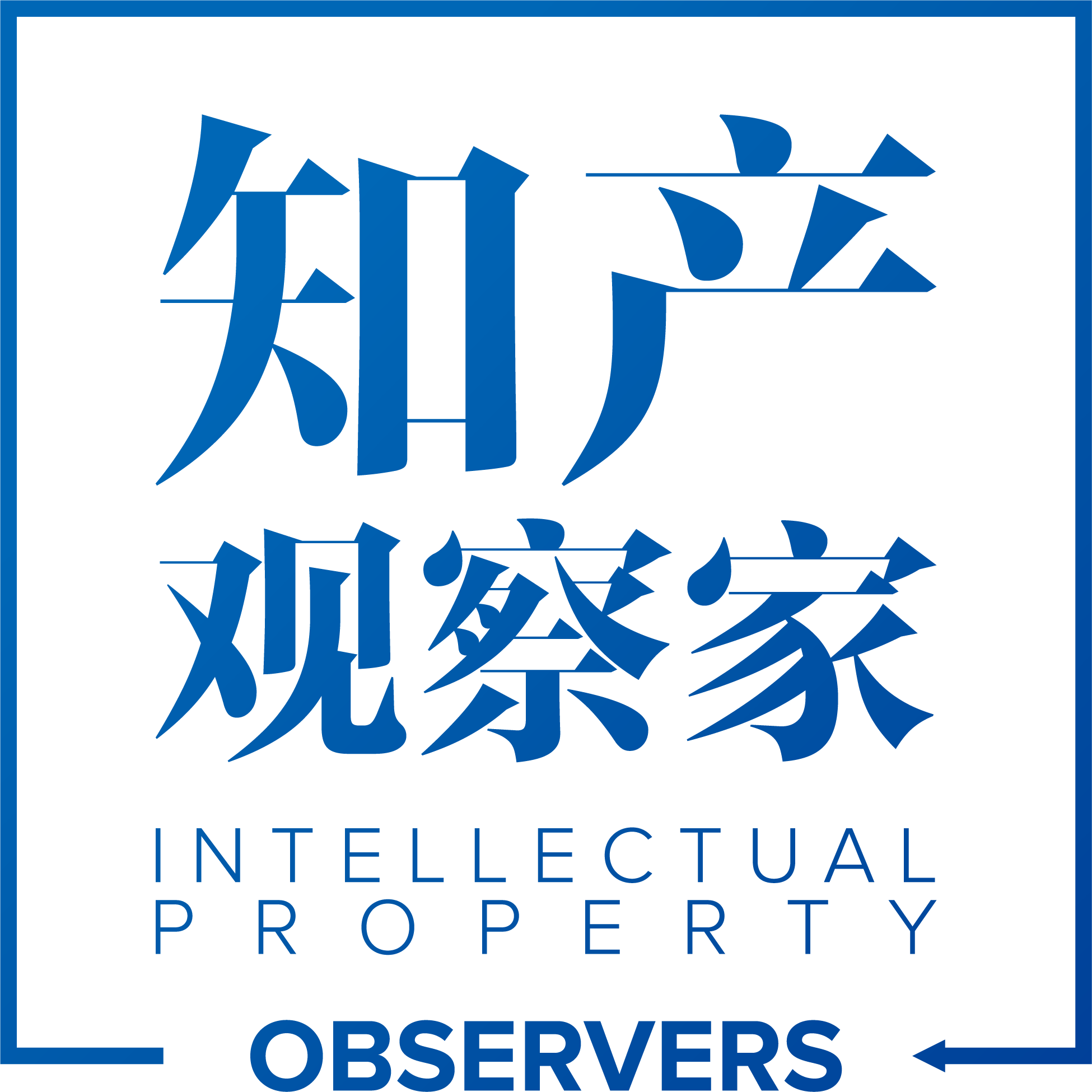Biotechnology development in China is speedy. From a patent point of view, speed is also apparent. Ten years ago, Chinese patent applicants were mainly concerned about whether they could obtain patent authorization. A few years later, the public is more concerned about getting adequate protection for their products. In the past two or three years, everyone has begun to care about monopolizing the relevant fields effectively. Obviously, our R&D has gradually changed from tracking R&D to leading R&D.
Such an exciting change brings new challenges to those engaged in patent work. This kind of challenge may be unfamiliar to those who are mainly involved in Chinese patent applications. After all, unlike the situation in Europe and the United States, China’s Patent Law, to a large extent, does not allow the large scale of protection. However, for China’s outstanding scientific and technological achievements, we shall focus on overseas markets and understand how to obtain a broader patent protection scope in Europe and America. In addition, the drafting of patents is not just the textual work of patent personnel. It is also important to work closely with R&D personnel to generate experimental data and theories that are most conducive to supporting patent applications with limited time and resources.
Simultaneously, as the biotechnology industry in China gradually integrates with foreign countries, avoiding infringement of third-party patents has become increasingly significant. Just like China, U.S. Patent Law also has “Doctrine of Equivalents”. Because of the Doctrine of Equivalents, our analysis of a patent protection scope may be more complicated. Many American lawyers once said that the U.S. “Doctrine of Equivalents” is a dying principle. But is this actually the case?
On January 28, China IP Magazine invited three biotechnology patent experts from Sheppard Mullin with Chinese background to discuss these topics.
During the one-hour webinar, experts from Sheppard Mullin firstly discussed the Doctrine of Equivalents, and further explained it with case studies. Dr Liu Jing from Sheppard Mullin San Diego office discussed the limitations to Doctrine of Equivalents from five perspectives: prosecution history estoppel, claim vitiation, the subject matter disclosed but unclaimed etc. Dr Liu used the case study “Bio-Rad Laboratories, Inc. V. 10X Genomics Inc., Appeal Nos. 2019-2255, 2019-2285 (Fed. Cir. August 3, 2020) to explain the Doctrine of Equivalents. Dr Liu introduced practice tips in litigation that the Doctrine of Equivalents is still suitable to be used, especially for biotech and pharma inventions. It should be careful in making claim amendments and arguments to avoid prosecution history estoppel.
Secondly, Dr Nie Yan discussed “How to obtain a U.S. biopharmaceutical patent with broad protection -- Variations in enforceability/disclosure adequacy requirements”. Two requirements that impact patent’s authorization scope, which is “enablement” and “written description” were explained by Dr Nie. There were four practical analysis and conclusions provided by Dr Nie, which include changes in laws are rapid, and requirements towards the applicants are continuously growing, etc. Comprehensive preparations are in need before applying for patents.
More exciting webinars of Sheppard Mullin will be held in the future.


